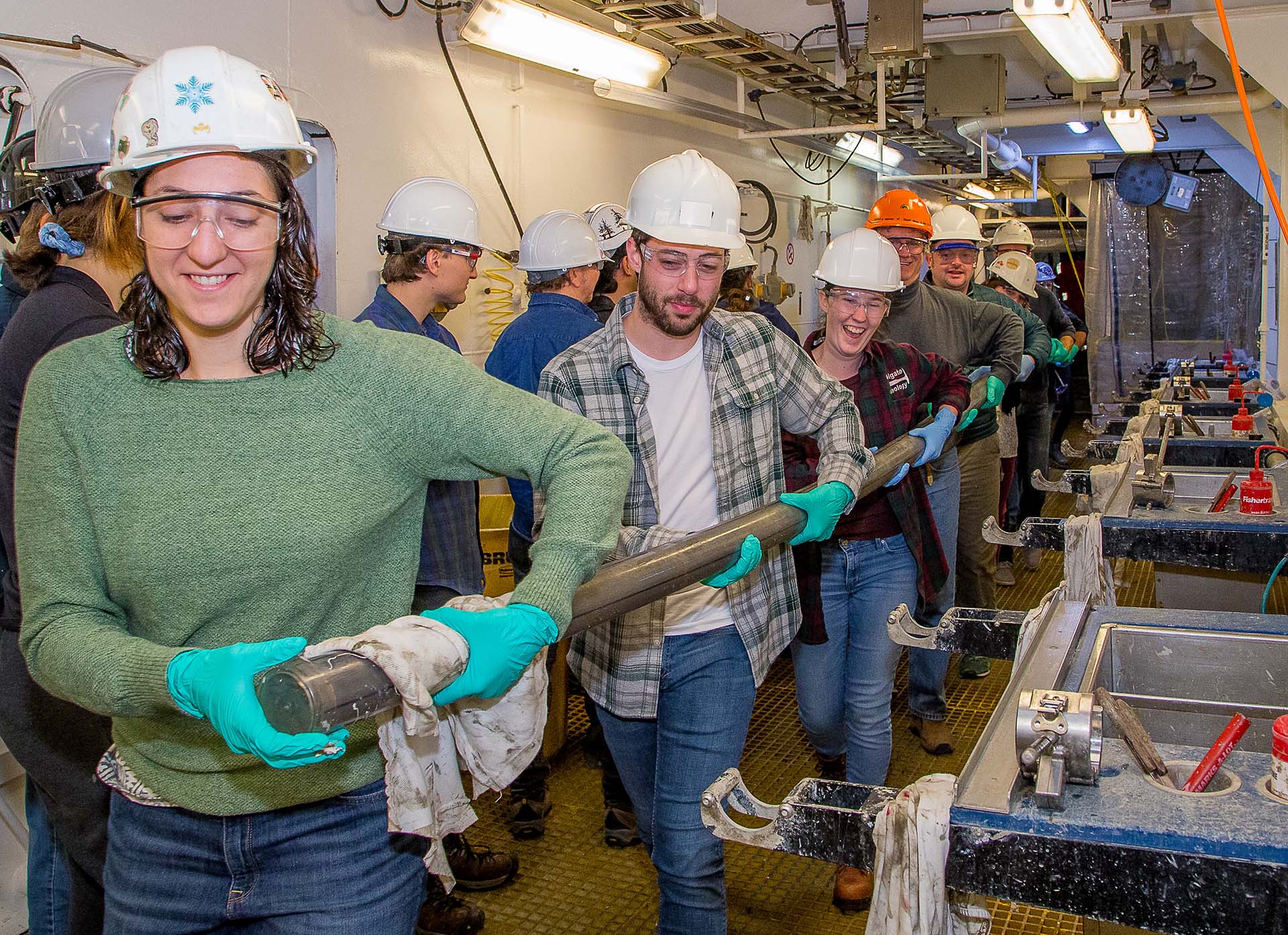Climate History of Pleistocene Interglacials

Abstract
Interglacial periods of the Pleistocene offer insights into the natural response of the climate system to periods of global warmth that may provide insight to our future climate. Each of these periods varied in terms of the distribution and timing of insolation, ice sheet extent, and GHG levels, offering an array of natural experiments to understand the impacts of these boundary conditions on climate change.
Our group is currently investigating the evolution of three specific interglacial periods: the Holocene (0- 12,000 yrs BP), the last interglacial (115,000 to 128,000 years BP), and Marine Isotope Stage 9 (300,000 to 337,000 years BP). The Holocene is the baseline for modern postindustrial warming. In addition, it may be unique among past interglacials due to anthropogenic effects (e.g. Ruddiman, 2003).
The Last Interglacial is frequently examined as a possible analog for the global climate state at the end of this century (Hoffman et al., 2017; Otto-Bliesner et al., 2006); sea level during the LIG was higher than present by at least several meters (Clark et al., 2020), and global temepratures were at least comparable to those observed today, perhaps even warmer (Hoffman et al., 2017; Bova et al., 2021).
MIS 9 has received less attention, in part because high-resolution sedimentary archives of this period are less accessible. However, the period is one of the warmest interglacials of the Pleistocene, and is characterized by a unique insolation pattern in which both poles received high insolation in their respective summers. In addition, sea level and GHGs decreased across the interglacial likely imparting a long-term decrease in global temperatures, perhaps at odds with Holocene and LIG temperature trends.
Related Publications
- Bova, S., Rosenthal, Y., Liu, Z. et al. Seasonal origin of the thermal maxima at the Holocene and the last interglacial. Nature 589, 548–553 (2021). https://doi.org/10.1038/s41586-020-03155-x
